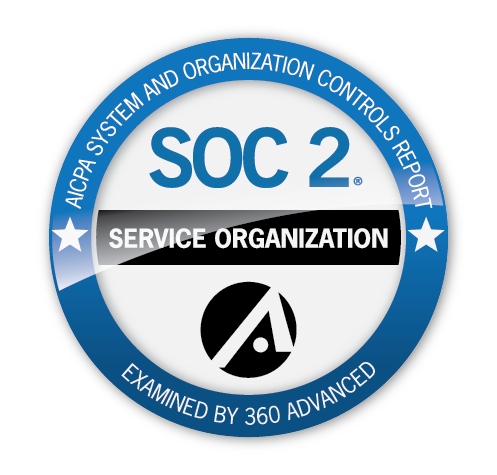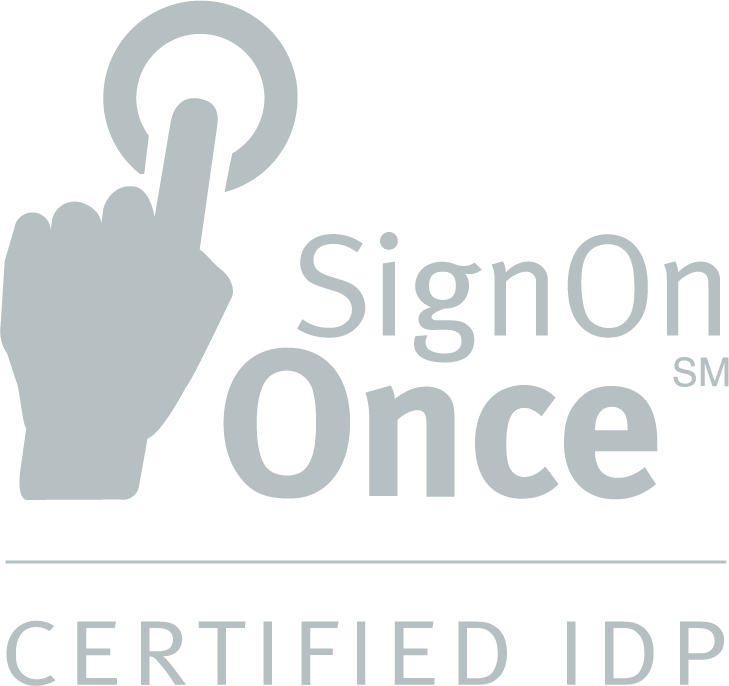The best business websites act as salespeople.
In 2025, an insurance agency site should guide research, build trust, and start sales conversations. Independent agencies that treat their websites as salespeople support the real agents by attracting clients and building client loyalty.
Successful sites do this through content that aligns with AI-powered search, strong connections with an agency’s social media, interactive sales tools, and tools that let clients self-serve their needs.
Shifts in consumer behavior and web functionality make these upgrades more important than ever for staying competitive. The way people interact with insurance agencies online has evolved. Your website should evolve, too.
What insurance agencies need to know about the web in 2025
Because of market pressures and changes in the way the web itself works, insurance shoppers are changing their online consumer habits.
Insureds have been struggling with continuously rising insurance premiums, and it’s harder to find important coverage like flood or fire protection. To find coverage that meets their needs at the right price, they’re doing more independent research before making a decision. They also increasingly want to compare policies and make purchases online. And when doing that research, they’re using natural language instead of keywords and finding answers right in a search engine. A site relying on SEO keywords might get overlooked. A site built to answer those questions will be included as a source in the answers. “As an independent agency, understanding how to build content and pages around the ways we’re having conversations with a robot is extremely important,” says Jason Walker, president of insurance digital marketing firm Agency Revolution.
Insurance sites will need to get past all of these hurdles if they’re going to connect with users.
1. Create content for AI-powered search
Agency websites need to show up where people are looking for information and offer something worth clicking on. Natural language is the new standard in search. Consumers type full questions into Google and are served AI snippets that answer questions before they even visit a site. Want to show up in search? Focus on educating end-insured and act like an advisor.
An agency that provides home insurance could show up in search queries by directly responding to common questions. New homeowners might turn to the web for information about how to read their policy, how much coverage they need, or how to harden their home against storm damage—all of which opportunities for content.
How to update this:
- Rewrite or expand key pages to answer common questions.
- Use conversational headers and plain language.
- Structure content to be easily picked up by AI-generated search results and snippets.
2. Connect social media with your site
Social media still plays an important role in brand visibility, but it’s not where people go for detailed, factual information. Only half of people trust what they read on social media.
But your social presence still has an important role: It should drive traffic to your site. Your website should offer facts and help make sales.
How to update this:
- Recognize that many users don’t navigate through the homepage. Put important brand information in headers, navigation bars, and footers, so it doesn’t get missed.
- Use social media to share news, updates, and keep your brand top of mind. Websites should share lasting, detailed content without an expiration date
3. Use your website to make sales (or start the process)
Websites still serve as a digital storefront, but there should be more inside than a business card and a brochure. Agencies that want to convert traffic into leads need interactive tools to help potential insurance clients take the next step.
Online quoting tools satisfy clients’ expectations to get what they need quickly. They let users put in personal information that affects their coverage, let them set their coverage limits, and tell them what carriers will cover them and for how much. When those instant answers are available, shoppers might be less willing to sit through a sales call.
In cases where online quoting tools don’t allow shoppers to purchase a policy—or they don’t follow through to that step in the process—these tools gather information to help agents make the rest of the process easier for everyone.
How to update this:
- Offer online shopping: Make comparison shopping part of the user experience by letting potential clients compare prices and start the policy creation process.
- Make your niche obvious: Visitors should know in seconds what lines of business you handle.
- Consider video: Introduce agents, explain coverage, and show the human side of your agency.
These tools don’t replace the agent. They give prospects confidence that they’re in the right place.
4. Provide self-service for existing clients
Most people don’t want to make a phone call whenever they need something. Health portals provide test results and schedule appointments online. Banks let users handle basic business online, like opening accounts and transferring money.
Insurance clients have the same expectations.
Online service tools, like client portals, that integrate into an agency’s website let users handle similar basic tasks anytime they want to. And they let agents handle more in-depth conversations over the phone or in person.
How to update this:
- Add client portals where users can do self-service, like accessing policy documents, requesting changes, or submitting questions.
- Make service visible: Insurance clients choose agencies because they trust them. Let users easily contact the real people they rely on for help.
These updates meet the expectations of today’s insurance consumer: someone who wants convenience, control, and timely answers.


